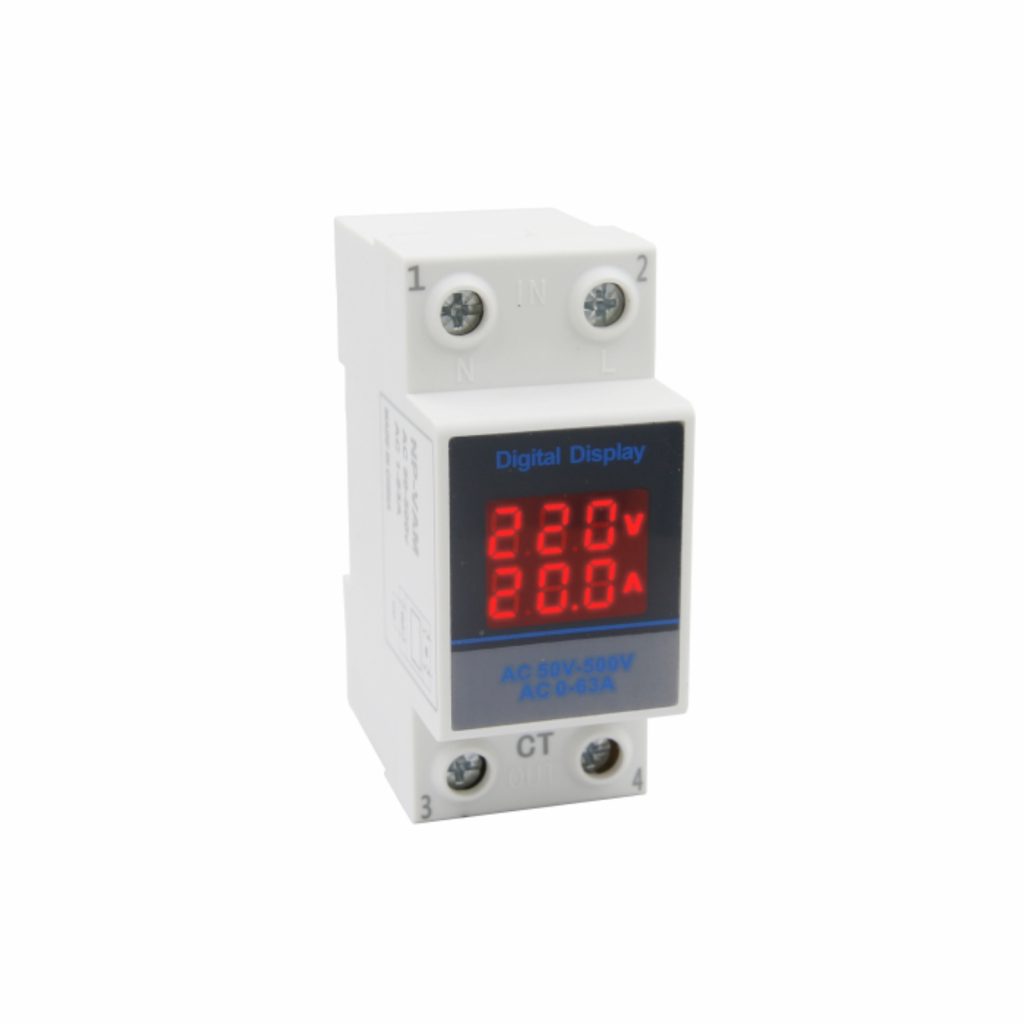Everything You Need to Know About Energy Meter
Table of Contents
ToggleAn energy meter, also known as an electricity meter or watt-hour meter, is an essential device used to measure and monitor the electrical energy consumed by residential, commercial, and industrial buildings. It plays a crucial role in accurately measuring electricity consumption, billing customers, and promoting energy efficiency. In this article, we will delve into the key aspects of energy meters, their types, how they work, and their significance in modern society.
Types of Energy Meters
Analog Meters: Analog energy meters are the traditional electromechanical meters with rotating dials. They have been widely used in the past but are gradually being replaced by digital meters due to their lower accuracy and higher maintenance requirements.
Digital Meters: Digital energy meters, also known as electronic meters, have become the standard in modern installations. They utilize electronic components and microprocessors to measure energy consumption with higher precision and provide advanced features such as multiple tariff settings and communication capabilities.
Smart Meters: Smart meters represent the latest advancement in energy metering technology. They are digital meters equipped with communication modules that allow two-way communication between the utility company and the consumer. Smart meters enable real-time energy monitoring, remote reading, and the possibility of time-of-use tariffs, making energy consumption more efficient and cost-effective.
How Energy Meters Work
Energy meters work on the principle of measuring the flow of electricity passing through them. In analog meters, the rotating metallic disc moves in proportion to the current passing through the meter, while digital meters use electronic components to convert electrical signals into digital readings.
The basic components of an energy meter include:
Current Coil: This coil carries the live current, generating a magnetic field proportional to the amount of electricity passing through the meter.
Voltage Coil: The voltage coil creates a magnetic field based on the voltage level of the electrical supply.
Register or Display: Analog meters have mechanical dials displaying the total energy consumption, while digital and smart meters have electronic displays showing consumption in kilowatt-hours (kWh).
Significance of Energy Meters
Energy meters play a pivotal role in various aspects of modern society:
Billing and Revenue Generation: Energy meters accurately measure electricity consumption, enabling utility companies to bill customers according to their actual usage. This process ensures fair billing and revenue generation for the utility provider.
Energy Conservation: By providing real-time energy consumption data, smart meters empower consumers to make informed decisions about their electricity usage. This knowledge encourages people to adopt energy-efficient practices and reduce wasteful consumption, leading to overall energy conservation.
Load Management: For commercial and industrial establishments, energy meters assist in load management. By monitoring peak usage times, businesses can adjust their operations to avoid costly peak-demand charges, thereby optimizing energy utilization.
Fault Detection: Energy meters can help identify faults in the electrical system. A sudden spike in consumption or irregularities in the energy pattern can signal potential problems, prompting prompt action to resolve issues and prevent electrical accidents.
Grid Management: Smart meters contribute to efficient grid management. They facilitate better integration of renewable energy sources, demand response programs, and load balancing, making the electrical grid more stable and reliable.
As energy efficiency becomes an ever more critical aspect of modern living, Tosunlux’s utilization of smart meters and cutting-edge energy metering technologies will position them at the forefront of the energy industry. By embracing these advancements, Tosunlux can enhance its services, strengthen customer relationships, and contribute to a more sustainable energy landscape.
Tel: +86-577-88671000
E-mail: ceo@tosun.com
Skype: tosunelectric
Wechat: +86-139 6881 9286
WhatsApp: +86-139 0587 7291
Address: Room No.1001 Wenzhou Fortune Center,Station Road, Wenzhou, China
REQUEST A QUOTE
WhatsApp us
 : +86-139 0587 7291
: +86-139 0587 7291 English
English Español
Español Русский
Русский Français
Français العربية
العربية Português do Brasil
Português do Brasil Українська
Українська Türkçe
Türkçe Polski
Polski Nederlands
Nederlands Italiano
Italiano Bahasa Indonesia
Bahasa Indonesia हिन्दी
हिन्दी اردو
اردو አማርኛ
አማርኛ Հայերեն
Հայերեն ไทย
ไทย Монгол
Монгол فارسی
فارسی Shqip
Shqip Ελληνικά
Ελληνικά




